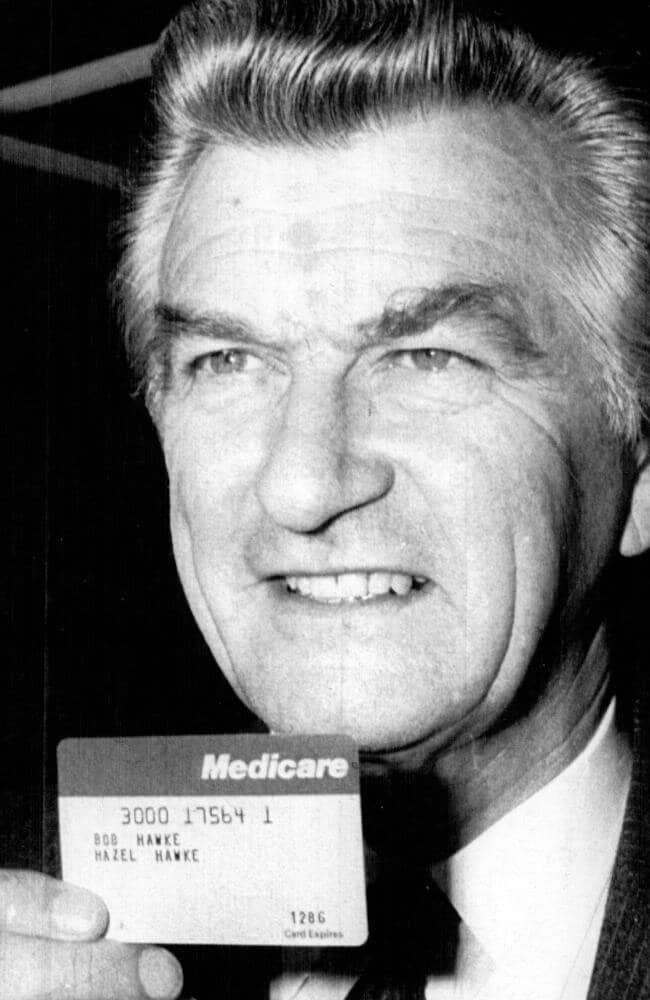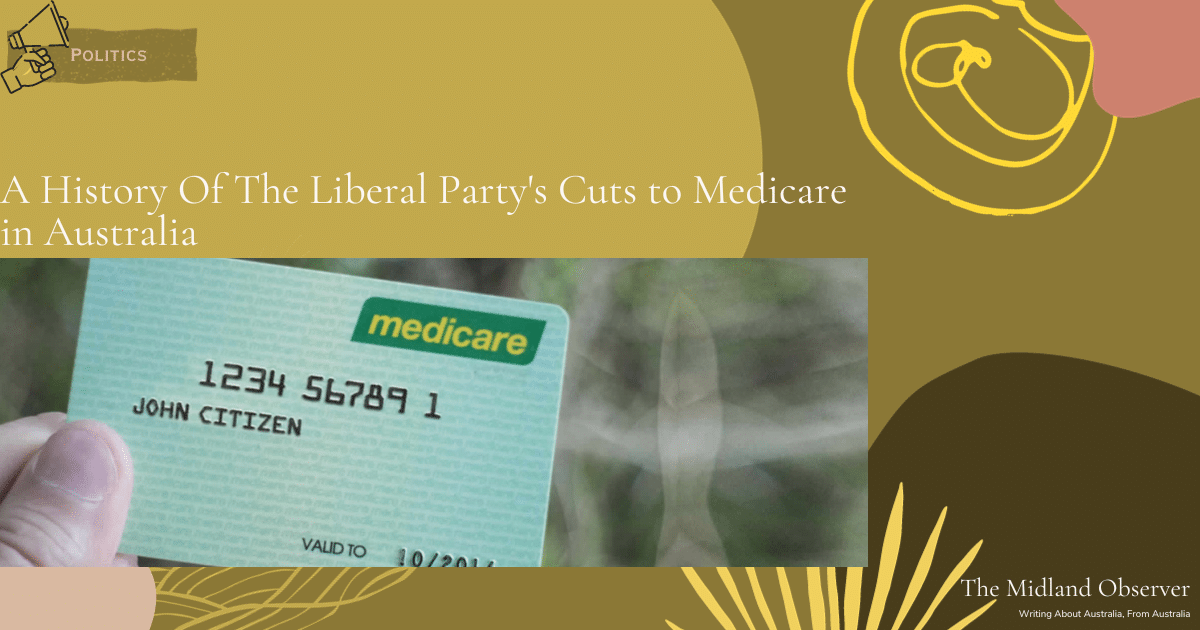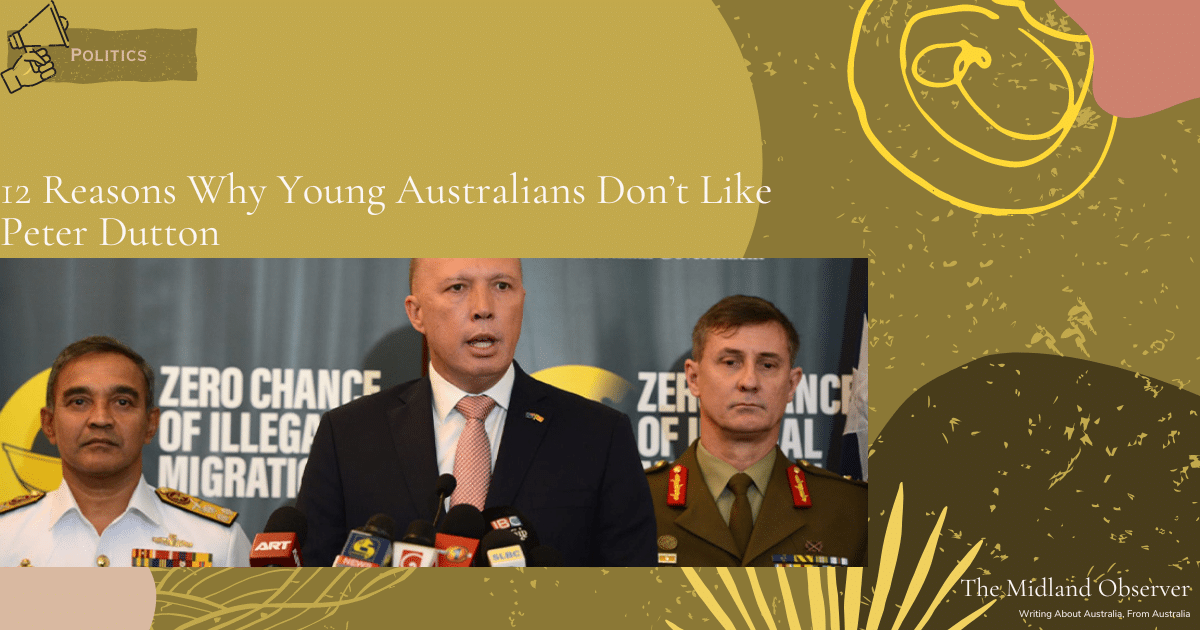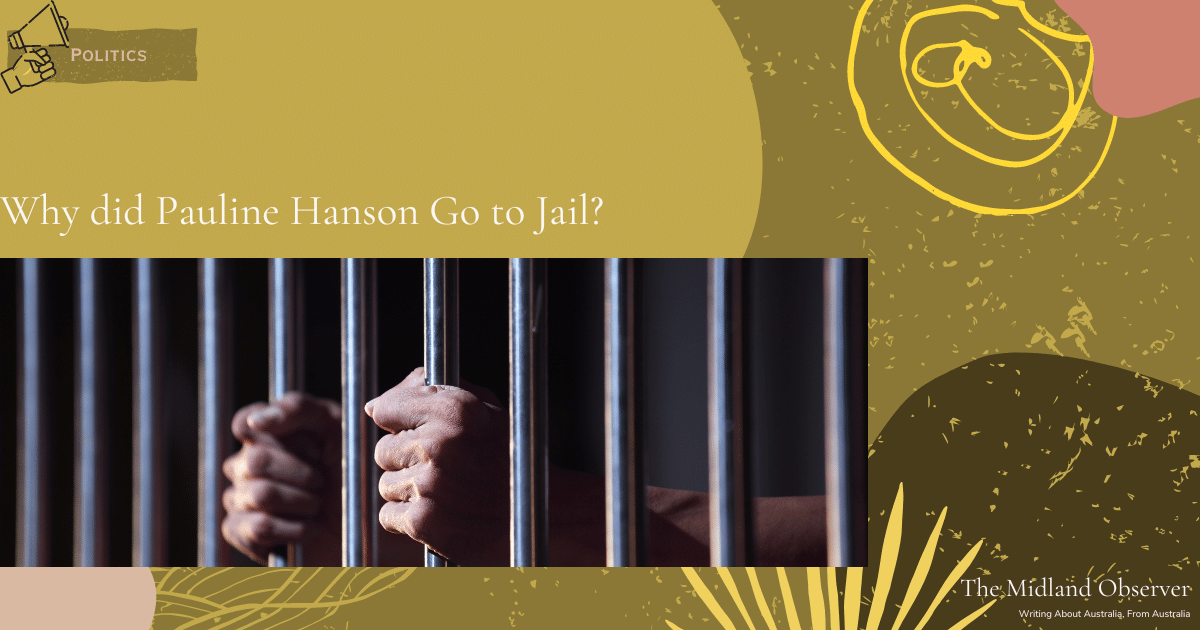It’s probably not news to any adult Australian who has visited a doctor recently that medicare isn’t quite what it used to be. In this article, we’ll take a look at where things started to come unstuck for Australia’s attempt at a universal health safety net. But first, a little history on Medicare itself.
1975: Medibank – Medicare In Its Infancy
The birth of Medicare started with the introduction of Medibank, Medicare’s first iteration, by the Whitlam Government during their second term in 1975. This was a Labor Government. The bill for Medibank was passed on 7 August 1974, and went into action on 1 July 1975. Shortly after this, the Whitlam Government was dismissed and replaced by the Fraser government, who began to modify Medibank.
1976-1981: Medibank 2
A review committee was appointed to oversee Medibank in 1976, and a 2.5% income levy was added to better fund the scheme. In the coming years, only low income earners would be able to access hospitals without a fee, and the Medibank Private bill was introduced to mark the beginning of private health insurance in Australia, to fill the gap for higher wage earners. This mark the first of the cuts to Medicare by a Liberal government, led by Malcolm Fraser. The Fraser government went on to restrict bulk billing to pensioners and low income earners, the first in a series of Liberal cuts during this period. By 1981, the Liberal government had scrapped Medicare, or Medibank 2, entirely.
1984: The Birth of Medicare

By 1984, the Labor government was back in office, led by everyone’s favourite beer sculling record holder Bob Hawke. The Hawke government brought in the new scheme under the name Medicare, to distinguish it from the now-privatised Medibank Private. On February 1, 1984, Medicare was back in action. This was a scheme to fund universal basic health care, using taxes and the Medicare Levy.
1996: Howard You Like A Bit Of Uncertainty?

In 1996 the Liberal party came back into power, with John Howard at the helm. Johnny boy entered the scene in 1996, promising to keep Medicare in its entirety as he began his term, but the promise was to be short-lived. In 1998, Howard introduced a 30% rebate on private health insurance, incurring a $2.1 billion per annum government cost. The aim of this rebate was to increase the percentage uptake of private health insurance by citizens, but the rebate ultimately failed to do this and ended up just cost taxpayers.
The government then stepped it up a notch and went after Medicare to try and push more people towards private health insurance, adding a 1 percentage point Medicare surcharge for high income earners, and breaking their promise to maintain the Medicare status quo in the process. In addition to this Howard introduced age-related penalties for high income earners who did not take up private health insurance, feeding into the fear of these high income earners facing potential later repercussions if they didn’t buy in early and then developed health conditions as they aged, a bit of a morbid grab, really. Howard’s fear mongering worked, with private health insurance uptake growing after introduction of the surcharge, and higher income earners abandoning Medicare in growing numbers.
1997-2002: The First Bite To Bulk Billing

Right around the same time that the Howard Government started to push higher income earners toward private health insurance, they also took a solid swing at General Practitioner bulk billing. Bulk billing was intended to provide government funding to cover GP fees, allowing citizens to see a doctor for free while the doctor still got paid. The Howard Government went for the hip pocket here, setting the scheduled fee intended to reimburse GPs at a level that simply did not cover their overheads. This was something we would unfortunately see more of as time went on.
Over time, bulk billing rates at the local doctor started to drop, and it became common to have to pay a gap fee as a patient – to cover the difference between the scheduled government bulk billing reimbursement amount and the actual running and income cost to your doctor. Finding a doctor that would help you for free became more and more of a task. By 2002, bulk billing rates among GPs had dropped from 78.5% in the mid 90’s to only 72.1% nationwide.
Medicare Cuts In The Modern Day
Unfortunately, the mighty Medicare has continued to fall in a similar pattern to that observed in the 90’s and 00’s here in the 2020s. Up until Labour took over the National Government in its current term, we had almost a decade of Liberal Government, from Tony Abbott all the way to the infamous ScoMo. Health Minister Mark Butler has stated that the scheme is now in the worst state of its life. It’s desperately unfit for purpose, and the pressure is being felt by patients and practitioners alike, with low income workers and those most at-risk feeling the biggest pinch.
Gap fees to see a simple GP are now up to $100 per visit in major cities, and many practices will no longer swing that extra cost for those on pensions. With the extra pressure on the existing system due to an aging population, combined with a post-covid world, Medicare in its current state is now failing its most delicate citizens. For those on low incomes with chronic health conditions, affordable treatment is often out-of-reach, and little can be done until patients reach a critical state of illness, passing the pressure of an underfunded Medicare scheme onto already struggling hospitals, and increasing pressure on patients’ incomes as they lose precious hours at work due to a lack of primary and preventative care.
Worse still, items that were once covered under Medicare are no longer funded under the scheme, such as crucial radiology scans needed by cancer patients. For example, melanoma patients can now expect to pay an average of $1,120 out-of-pocket that would previously have been covered under medicare, with the average for breast cancer patients also impacted at $302 out-of-pocket, and thyroid cancer patients copping an extra $492 fee. These items were chipped away by the Morrison Government and have yet to be rectified.
Passing On The Burden

When you consider the cost to public hospitals, government income support systems, and workplaces of not providing adequate and financially accessible intervention for these patients, these cuts end up costing the taxpayer money, on top of the health crisis they are continuing to promote. Having an underfunded medicare system also puts extra financial and ethical pressure on doctors, who are then likely to leave practice in greater numbers. It is the hope of this writer that a Labor Government will work to back it’s brainchild, and restore Medicare back to its pre-Liberal former glory. Only time will tell if this comes to pass.







